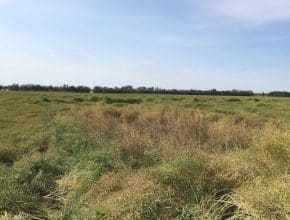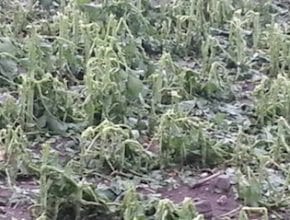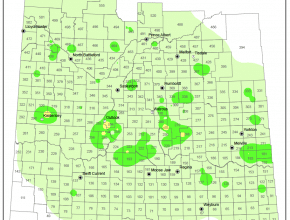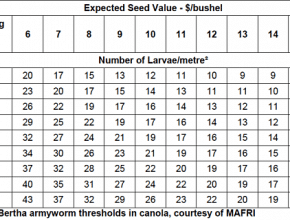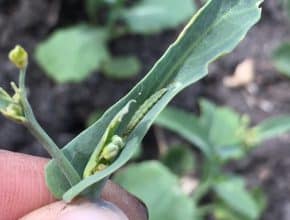Home / Canola Watch / Page 101
-
Take a look at the roots of plants that are showing unusual amounts of heat and moisture stress. These plants may be facing premature wilting and even death due to clubroot, and mounting stress from the environment can make these plants stand out even more…
-
Every crop protection product has its own pre-harvest interval (PHI) — which is the time required between spraying and cutting the crop. PHI is also often different for the same product used on different crops. The quick and simple calculator at www.spraytoswath.ca helps you find a canola fungicide, insecticide or pre-harvest herbicide that fits your timeframe…
-
The nominal threshold for canola is seven to 12 per square metre. This article provides tips on how to scout…
-
The later hail occurs in the season, the more damage it can do to yield. Crops not mowed down by hail can see some yield recovery…
-
Manitoba: Hot days and 6 other reasons for missing pods Saskatchewan: Insect update: Bertha, diamondback and weevil counts Alberta: Hot days and 6 other reasons for missing pods…
-
Eight true or false questions to help you "Keep It Clean"…
-
A few hotspots with higher bertha armyworm moth counts are showing up in Alberta, Saskatchewan and Manitoba…
-
The economic threshold is the density of larvae where the economic value of the yield lost due to feeding equals the cost of control…
-
Diamondback moth larvae are at noticeable levels in many canola fields in the Eastern and southern Interlake areas of Manitoba. But levels are generally below the economic threshold…

